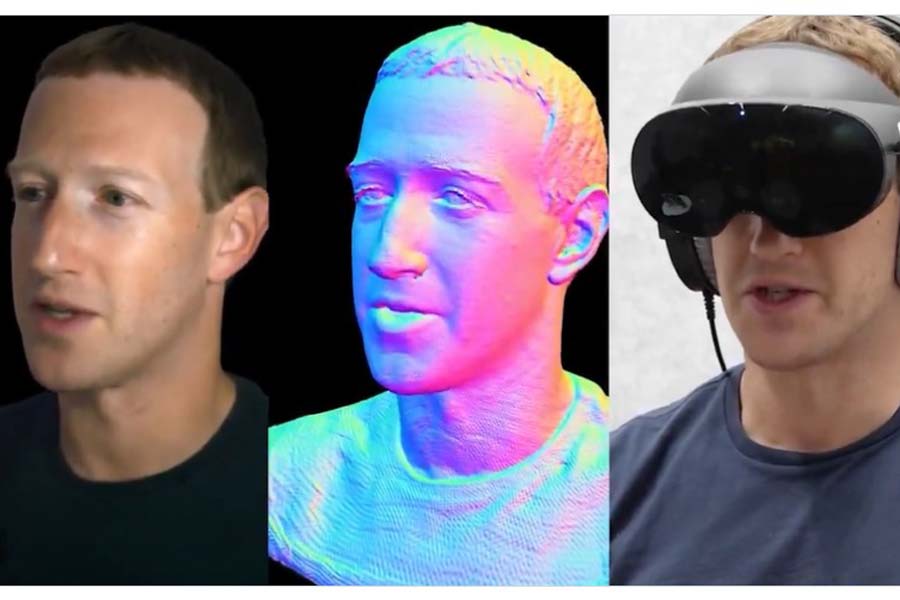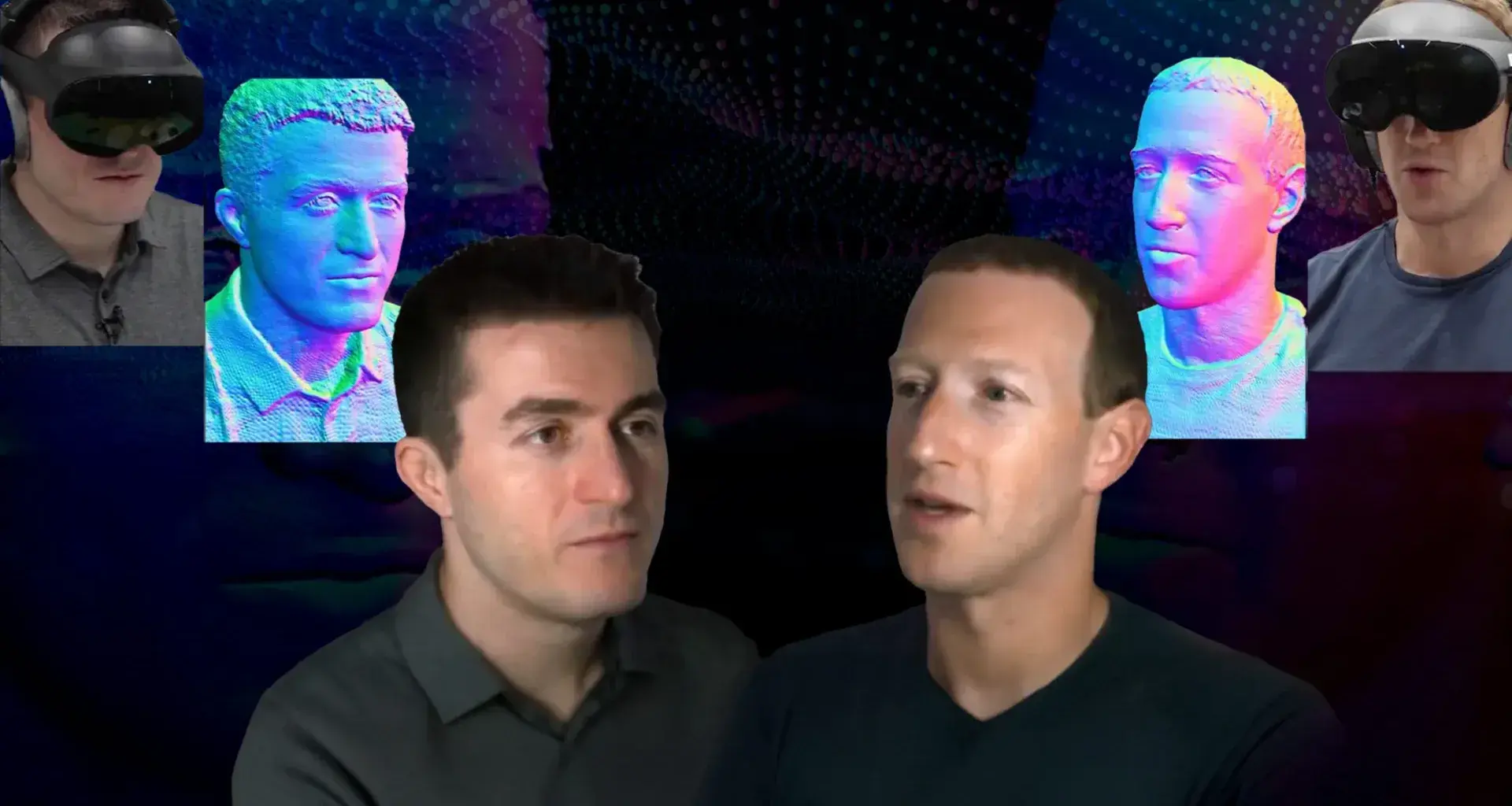With surprising visual results, Facebook and Meta founder Mark Zuckerberg was interviewed in the metaverse by Lex Fridman for his video podcast via the use of hyperrealistic avatars.
In the interview, held on September 28, Zuckerberg was in California, while the AI researcher was in Texas; however, they both appeared to be in the same room, thanks to virtual reality via the use of Quest Pro headsets.
This is part of a trend that Zuckerberg himself presented in October last year during the Connect 2022 event.
Irving Hidrogo, Director of Innovation with Emerging Technologies at Tec de Monterrey, explains that these avatars, as well as virtual and augmented reality, simulations, and the metaverse, are generating news ways for people to interact.
“The development of new technologies is empowering creators to offer hyperrealistic digital experiences, which means they are graphically indistinguishable from the real world,” he said.

The hyperrealistic experience
Hidrogo explained that the interview between Zuckerberg and Fridman was surprising, as Meta had previously presented avatars that were very cartoon-like for its metaverse.
“Now, they’re presenting the future: hyperrealistic avatars. According to Fridman, they make you forget you’re in different places and it feels like you’re actually face to face.”
The expert said that creating realistic objects, avatars, and environments is a challenge for artists, modelers, and programmers due to the excessive computing power required to generate them with current tools.
He added that this technology demonstration by Meta will boost the trend toward hyperrealism.
“In the coming years, we’ll definitely see this filter down into virtual reality experiences, metaverses, and even video games.
Where did hyperrealistic graphics come from?
The technology expert remarked that the video game industry was the first to use hyperrealistic graphics, as seen in The Matrix Awakens for the launch of Unreal Engine 5 in December 2021.
“(It was) a demonstration of the power of the technology that enables users to control a character in an open world as if they were in a video game, while also having the sensation of being in a movie,” he said.
He clarified that this technology is also making an impact on all digital graphics creation sectors, not just video games.
“It has been used in movies and TV series to film environments such as those in The Mandalorian from Disney+ or The Hobbit, as well as to manipulate and generate architectural projects in real time with the Twinmotion tool.”
Hidrogo said that artificial intelligence-based NVIDIA technology is enabling the generation of hyperrealistic characters.
“Unreal Engine 5 itself has a tool for so-called metahumans, which are hyperrealistic digital characters who people can control in real time. This enables you to generate content very easily and quickly.”
Hidrogo said that Mostla, the Tec department in charge of addressing the institution’s academic needs through high-impact projects based on disruptive technologies, has been experimenting with these metahumans.
The challenges of hyperrealism
Hidrogo mentioned that studies talk about how people feel uncomfortable when a computer-generated human character is hyperrealistic.
“This phenomenon is known as the Uncanny Valley. This doesn’t happen with objects, environments, or animals, but there is theory of strong rejection from users in the case of hyperrealistic digital characters.”
Another challenge is the case of deepfakes, when videos are generated with superimposed faces of other people, making the audience believe that these are really about the person in question.
“There are ethical questions and debates about the security risks that arise with the use of this technology. However, the movie industry is using it to generate new projects or complete some that are on hold when it isn’t possible for the chosen actor to do them.”
One further aspect is the integration of generative artificial intelligence, a tool that is enabling creators to generate hyperrealistic digital content through platforms such as DALL-E-2, Midjourney, and Stable Diffusion.
“It’s possible for AI to create images, videos, and models that are surprisingly convincing based on a description of what you want to generate.
“This leads to discussions about who is really the author of the content: the programmer, the user who is manipulating the tool, or artificial intelligence itself,” said Hidrogo.
“The development of new technologies is empowering creators to offer hyperrealistic digital experiences (...) that are graphically indistinguishable from the real world.”
State-of-the-art technologies at Tec de Monterrey
Hidrogo says that Tecnológico de Monterrey is using state-of-the-art technologies for skills development and generating knowledge.
“(One example) of this are the immersive learning experiences in virtual reality that students are having in the VR Zones, which are educational spaces equipped for the practice exercises that professors design as part of their courses.”
He added that they have also implemented a metaverse, the Tec Virtual Campus, which students can access from wherever they are via their computers. Here, they can have academic experiences regardless of geographical barriers.
The Tec’s Director of Innovation with Emerging Technologies said that hyperrealism will transform students’ digital academic experiences.
“(It will enable) them to pick up skills like they would in the physical world in virtual reality environments, simulators, and the metaverse, with the advantage of being able to practice something over and over again until they master those skills,” he concluded.
Watch the full interview here.
READ ALSO:





